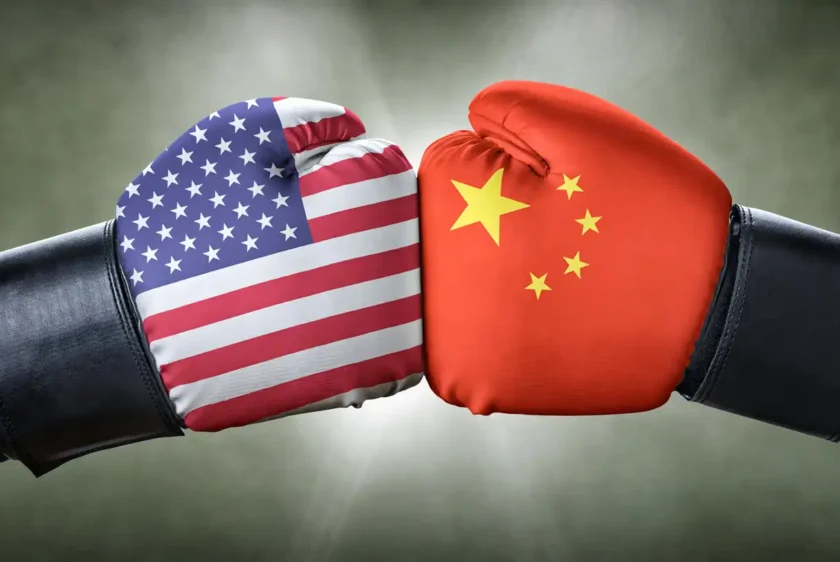Introduction
The escalating trade tensions between the United States and China have sent shockwaves through various sectors, with the aviation industry being particularly affected. As both nations impose tariffs and restrict trade, airlines, manufacturers, and suppliers worldwide are grappling with the repercussions.
Decline in Aircraft Deliveries
One of the immediate impacts has been the disruption in aircraft deliveries. Chinese airlines have halted acceptance of Boeing aircraft due to elevated tariffs, with Beijing raising tariffs on U.S. goods to 125% in retaliation for the U.S. increasing tariffs on Chinese exports to 145%. This has led Boeing to redirect planes originally intended for China to other global customers.
Supply Chain Disruptions
The aviation supply chain, already strained by the COVID-19 pandemic, faces further challenges. The imposition of tariffs has increased costs for components and raw materials, leading to delays in production and maintenance schedules. Manufacturers are exploring alternative suppliers and routes to mitigate these disruptions.
Shift in Global Partnerships
As U.S.-China relations sour, other countries are stepping in to fill the void. European manufacturer Airbus has seen increased interest from Chinese airlines, while emerging players like India’s Air India are exploring opportunities to purchase jets rejected by China due to tariffs.
Financial Implications for Airlines
Airlines operating between the U.S. and China are experiencing financial strain. The increased cost of aircraft and parts, coupled with reduced passenger demand due to geopolitical tensions, has led to declining revenues. Airlines are reevaluating their routes and fleet expansion plans in response.
Future Outlook
The long-term impact of the U.S.-China conflict on aviation remains uncertain. While some manufacturers and airlines may find new opportunities, the overall industry faces a period of instability. Stakeholders must navigate this complex landscape with strategic planning and adaptability.
📩 For more insights and updates on the aviation industry, subscribe to our newsletter or contact us at [email protected]






